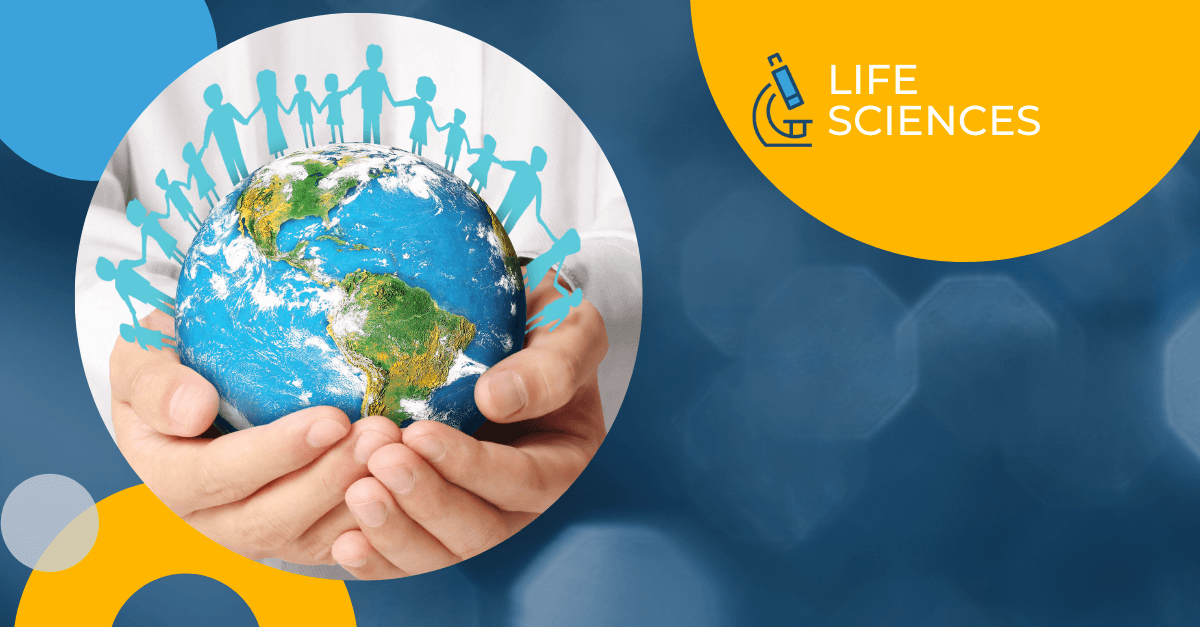Translation accuracy is essential for almost all materials, but life sciences translations have increased potential for life-or-death outcomes, leaving no room for error. Although machine translation technologies have improved significantly in recent years, there is no substitute for human involvement in demanding applications like medical document translation.
Medical Documentation Translation Types and Uses
If there is a wide range of materials, machine-powered translation tools can quickly process large volumes of information to obtain the general meaning of a piece of content. Machine translation may be adequate for general materials like internal company communications.
However, most life sciences translation projects feature specific information that must be translated correctly and consistently or risk harm to patients or increased liability for the company. Such as,
- Informed consent forms
- instructions for use
- drug labels
- clinical trial documentation
- medical devices
- pharma applications
- hospital/clinic documents
- or other applied healthcare settings
These are all examples where medical documents require scrutiny by experienced human translators.
With medical content full of specific terminology, it is critical to establish terms for translators and reviewers to use. Using the correct language is an essential part of producing high-quality translations.
Linguist Subject Matter Expertise
Linguists involved in medical document translation projects should possess specific expertise in the field. At Morningside, we only hire experienced translators who can demonstrate a proven medical translation background. Many of our linguists possess more than medical translation expertise – some have worked directly in healthcare or were formally educated in the medical field. This level of specialized skill ensures that the linguists we assign to life sciences translations already possess deep knowledge of the project’s subject, context, and nuances.
Sometimes linguists with experience in specific therapeutic areas can be critical to a medical translation project. Translators with experience related to a particular type or category of disease or condition (ex., cardiology, Alzheimer’s Disease, diabetes, etc.) play an essential role in ensuring correct translation.
Ask about your translation partner’s quality management process
Every translation company has a different quality management process. To minimize risk and nonconformances in your final product, inquire about their approach before you engage. A good translation partner should be able to outline their process clearly. Here are some questions to ask:
- How much experience do you require for linguists?
- Do your translators possess any ancillary life sciences experience (ex. medical professional experience, life sciences degree, etc.)?
- How many translators will review each document?
- Do you use termbases/glossaries/other Translation Memory tools?
Meeting ISO Standards
Industry certifications further demonstrate controls to promote translation accuracy. ISO standards set out various business processes and best practices internationally agreed upon by experts. ISO standards for translation quality focus on establishing and maintaining a process of translation, review and approval that, when followed diligently by qualified professionals, will consistently result in reliable, accurate translations and meet the requirements of the customer’s use case.
ISO 17100 is an international quality standard set precisely for the translation industry. It defines the requirements for the core processes, resources and other aspects necessary for delivering a quality translation service. Certification to ISO 17100 showcases a translation company’s level of commitment to meeting client and industry requirements.
While ISO 13485 applies to quality management systems for medical device companies. It specifies requirements for a quality management system which requires an organization to demonstrate its ability to provide medical devices and related services, such as translation, that consistently meet customer and applicable regulatory requirements to remain compliant.
Morningside holds the above certifications and ISO 27100, which ensures Information Security – a critical designation when protecting valuable IP in life sciences. These certifications demonstrate the comprehensive quality protocols we maintain to support our human linguists.
Regulatory Expertise
In addition to experience in the specific aspect of the medical field or final application, linguists may also possess specialized regulatory knowledge essential for successful medical document translation.
Each country’s ministry of health is responsible for establishing language requirements for packaging, inserts, instructions for use, and more. In-country linguists familiar with local regulatory practices and requirements provide additional protection against language inaccuracies that could result in censure or require expensive re-printing.
It’s also common for medical document translation projects to include an In-Country Review (ICR) cycle, where the customer’s in-country teams review the content against their company’s style and branding guidelines, as well as for accuracy and regulatory compliance.
Peer Review and Correct Formatting
Due to the complex requirements of life sciences, medical document translation requires a minimum of two experienced linguists, often more. As a baseline, Morningside assigns at least one translator and one editor to each medical translation project.
We implement additional quality steps like linguistic review in-context and formal layout for more critical content such as CRO clinical trial documents.
Format-heavy applications, such as labeling, packaging, instructions for use, and medical device inserts, incorporate additional QA steps. We review language and layout, ensuring no information is cropped out or formatted in a way that may confuse or mislead end users.
Our team’s expertise with graphic design, technical authoring, and eLearning applications ensures a complete turnkey service solution for our clients. Though desktop publishing tools are an integral part of the document translation process, technology alone cannot guarantee that information is complete and correct. This is a skill that human translators can only perform.
Revealing Errors in Source Text
Human translators can also play a valuable role in identifying mistakes in the source text with potentially adverse consequences. For example, if the source text incorrectly reads “used test strip” instead of “unused” test strip, the translations will also be incorrect. Because there was no spelling or grammatical error in the text, a machine would likely overlook the mistake. Only a human translator could recognize the original text’s typo through the context of the material.
Spotting errors in the source text allows the company to make swift corrections before the incorrect text is translated into multiple languages.
Work with Experienced Medical Document Translators
When selecting the right translation company for your project, always opt for a partner with specific, verifiable experience in medical translation. Some companies offer medical document translation services but possess little practical experience in this highly specialized subset of translation services. There is no room for error or inaccuracy when the stakes are this high. Choose a translation company that genuinely understands the final end-use for each document.
Want to know more about what sets our medical document translation process apart? Contact Morningside today, and we’ll show you how we’re different.
About Morningside
Morningside, a Questel Company equips the world’s leading life sciences organizations with a full suite of end-to-end language solutions for their regulatory, clinical, commercial and patent needs. With over 4,000 clients in 55 countries, we’re globally recognized for our life science expertise and technology innovation across pharma, biotech, medical devices, and healthcare. Our life sciences translation services ensure your products and ideas seamlessly reach new markets and comply with all regulatory and cultural requirements through every stage of the product lifecycle — from patent to post-market.



